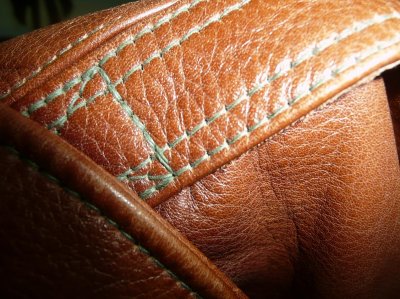I owned an original Cable contract A-2 for a while. Never actually wore it, but the thing that struck me was how rough the production was: collar stitching wonky, collar mishapen, wrong length of zip tape had been installed - the seamstress had obviously run out of the standard ones, so they had stretched it to fit the jacket. This must have worked for a while but eventually the tape shrank back to its original length, distorting the jacket front.
I do have a GW on order, not because of any cultish devotion, more because I really fancy a particular Dubow he makes. I absolutely won't buy from Bill Kelso and Japanese makers are equally if not more expensive, and I know that John's going to produce a spot-on jacket at the end. Mind you, with the pound cratering, I'm going to have to get lucky on the Lottery to be able to shoulder the cost...
I do have a GW on order, not because of any cultish devotion, more because I really fancy a particular Dubow he makes. I absolutely won't buy from Bill Kelso and Japanese makers are equally if not more expensive, and I know that John's going to produce a spot-on jacket at the end. Mind you, with the pound cratering, I'm going to have to get lucky on the Lottery to be able to shoulder the cost...





